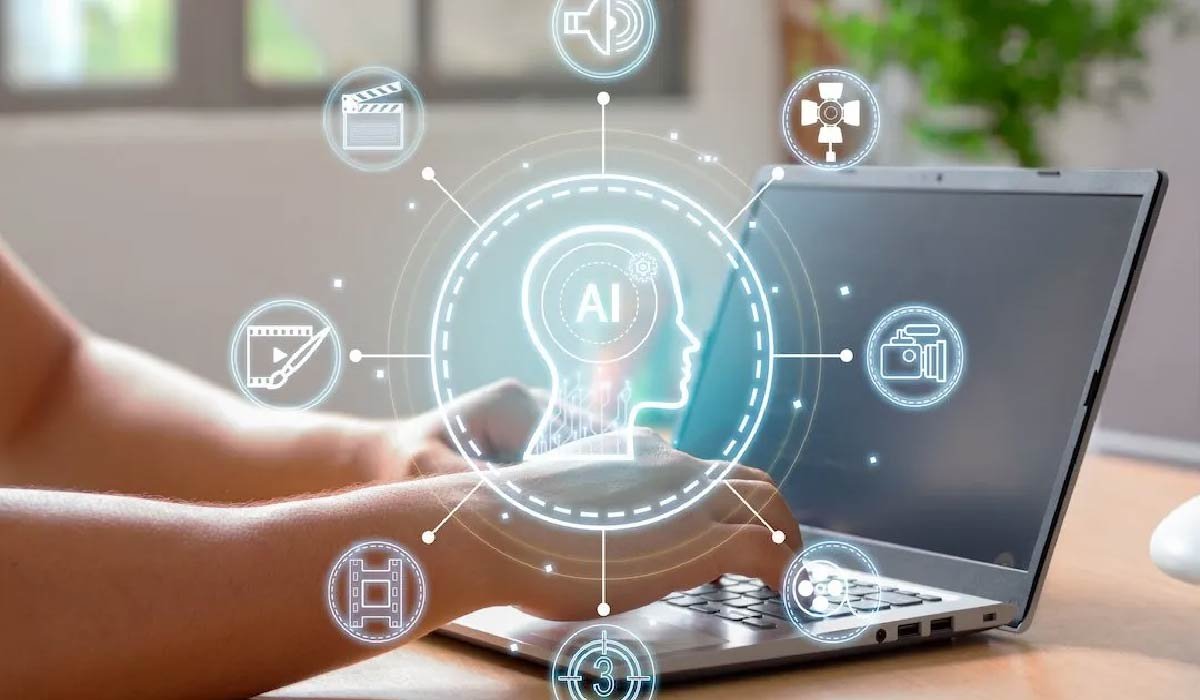In recent years, artificial intelligence has begun transforming nearly every creative field, and independent filmmaking and animation are no exception. Once a medium requiring large teams, extensive funding, and access to professional-grade equipment, filmmaking has become increasingly democratized. This shift is driven largely by a new generation of AI-powered tools that are lowering barriers to entry, streamlining production, and unlocking creative potential for solo creators and small teams.
The era where only big studios could create compelling cinematic content is fast fading. Today, filmmakers and animators are finding their voice through technologies that assist in every stage of the creative process—from scriptwriting and storyboarding to editing and post-production. This AI revolution is ushering in a golden age of independent storytelling.
Scriptwriting and Storyboarding Reimagined
One of the first steps in any film or animation project is crafting a solid script. Traditionally, this required not just writing prowess but also an understanding of pacing, dialogue, and structure. AI tools are now serving as creative partners in this foundational stage. Tools equipped with natural language processing can suggest dialogue options, detect inconsistencies in tone, and even help structure complex narratives in a cohesive flow.
Storyboarding, which helps filmmakers visualize scenes before filming begins, has also seen a transformation. AI can now convert text-based scripts into visual storyboards, complete with suggested framing and scene composition. This gives independent creators the advantage of planning with cinematic precision even before they pick up a camera or open an animation suite.
AI in Pre-Production and Casting
Pre-production has traditionally been one of the most time-consuming phases. Location scouting, casting, and assembling a crew required significant investment in both time and money. Now, AI is playing a role in simplifying these logistical hurdles.
For example, some AI tools analyze scripts and suggest suitable shooting locations using vast databases of visual references. Others can generate synthetic voices for table reads, helping filmmakers test different characters and emotional tones. In animation, AI-generated avatars and facial animations reduce the need for extensive rigging and keyframing, cutting down weeks of manual effort.
Animation Becomes More Accessible
Animation, in particular, has benefited immensely from the rise of AI. What once required teams of skilled animators now can be partially or fully automated. AI-driven character animation tools can take a simple 2D sketch and breathe life into it with realistic movement, lip-sync, and expressions.
These tools are invaluable for creators working solo or in small teams. They allow animators to prototype scenes rapidly, experiment with different artistic styles, and iterate at a pace that was previously unthinkable. Even complex effects like particle simulations, lighting changes, and camera dynamics can be automated with impressive accuracy.
Voiceovers and Music Composition Made Easy
Another area where AI tools shine is in audio production. Voiceovers, once dependent on hiring voice actors, can now be generated using AI voice synthesis technology. These voices are not only lifelike but also come with customizable tones, accents, and emotions—allowing creators to match the right voice to the right character without the need for casting.
Similarly, AI can compose background scores tailored to specific moods and scenes. Whether it’s a tense thriller moment or a whimsical animation sequence, these tools can generate fitting musical accompaniments in minutes. With sound design being such a critical component of storytelling, these capabilities offer independent creators a newfound level of professional polish.
Editing and Post-Production at Lightning Speed
Perhaps the most time-consuming part of filmmaking is post-production. Here too, AI is turning a laborious process into a streamlined experience. Modern editing tools now use AI to cut scenes, match audio to video, suggest transitions, and even enhance footage using frame interpolation or style transfer techniques.
Color grading—a subtle yet powerful visual storytelling tool—can now be performed using AI models trained on cinematic color palettes. These tools help maintain visual consistency across scenes, giving indie projects the cinematic look typically associated with big-budget productions.
Additionally, AI-powered tools can automatically add subtitles, generate metadata for online platforms, and optimize videos for different screen formats—all of which are essential for content distribution in the digital age.
Collaboration and Scalability for Solo Creators
One of the most powerful impacts of AI on independent filmmaking is the ability to scale what one person can do. A single creator can now write, direct, animate, voice, and edit a film using a suite of AI tools. This is fostering a new breed of “one-person studios” capable of delivering content that rivals that of traditional production houses.
Moreover, cloud-based platforms allow creators to collaborate with remote teams efficiently. AI tools assist in managing version control, syncing feedback, and even suggesting improvements in real-time based on collaborative inputs. This is changing not only how films are made but also how teams communicate and iterate.
Bridging the Gap Between Vision and Execution
For many aspiring filmmakers, the biggest challenge isn’t having ideas—it’s turning those ideas into reality. AI is closing this gap by reducing the technical and financial constraints traditionally associated with film and animation. It gives creators the tools to experiment freely, fail quickly, and improve faster.
Take, for example, platforms that offer online movie maker capabilities. These services enable creators to transform written scripts into fully produced films with characters, voiceovers, music, and special effects—all without needing a single piece of film equipment. This kind of end-to-end solution dramatically accelerates the path from concept to completion.
Real-World Examples and Use Cases
There are already compelling examples of how these tools are being used. Independent animators have created entire short films using AI-assisted software for character generation and lip-sync. Documentary makers are using AI to clean up archival footage and generate realistic reconstructions. Even social media creators are using AI to generate cinematic content on tight schedules.
One notable tool in this space is invideo AI, which offers a powerful ai video generator app designed for creators looking to produce compelling videos with minimal technical expertise. This app assists users in crafting videos from scripts, adding voices, characters, effects, and more—all within an intuitive interface. It exemplifies how AI is transforming the storytelling landscape for creators at every skill level.
Final Thoughts
The future of filmmaking and animation is increasingly defined by accessibility, creativity, and speed—thanks largely to AI. While traditional skills and storytelling instincts remain invaluable, AI tools are enhancing these capabilities and allowing creators to do more with less.
As this technology continues to evolve, we can expect even greater levels of realism, automation, and interactivity. For independent filmmakers and animators, this is more than just a trend—it’s a creative revolution. The barriers that once separated vision from execution are dissolving, empowering a new generation of storytellers to bring their ideas to life like never before.














